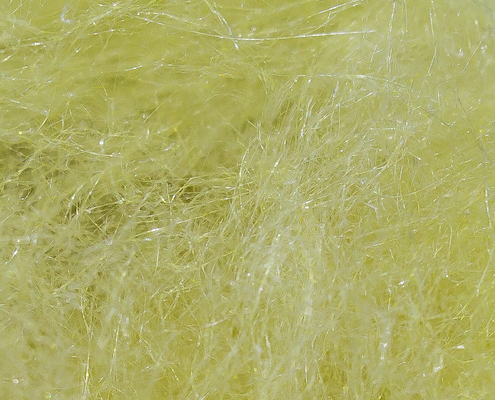Health risk from artificial mineral fibers
Artificial mineral fibers (KMF) usually consist of glass, rock and mineral wool as well as binders. KMF insulation materials are widely used, for example, in the thermal insulation of buildings or pipelines and in sound insulation. KMF fibers manufactured before 1995 can be carcinogenic. A health risk from KMF fibers was proven as early as 1972. Artificial mineral fibers are classified according to the Ordinance on Hazardous Substances via the so-called material composition into three groups, the carcinogenicity index* (KI index).
KI>40 not carcinogenic
KI 30to 40 possibly carcinogenic -> K3
KI <30 carcinogenic -> K2
In the period from 1995 to 2000, when the industry switched to mineral fibers, which are more biosoluble, there was no corresponding labeling, so that it is not possible to distinguish whether a mineral wool used in a building poses a health risk.
The smaller the fiber, the higher the risk that the KMF fibers are carcinogenic. Since the late 1990s, only biosoluble KMF insulation materials have been commercially available. Biosolubility of KMF fibers means that in a given period of time the fiber must have degraded in the body by a certain amount.
If the harmlessness cannot be clearly determined before the start of remediation or demolition work, it must be proven by a suitable test procedure.
The Technical Rules for Hazardous Substances (TGRS) describe the protective measures that must be taken during demolition, renovation and maintenance work involving old mineral wool.
In addition, some KMF insulation materials contain binders containing formaldehyde. Because of its toxicity, special legally specified indoor concentrations apply to formaldehyde. Neither fibers from mineral insulation materials nor formaldehyde should be present indoors, if possible.
Good alternatives to artificial mineral fibers are offered, for example, by wood-fiber insulation materials for the energy-related renovation of buildings. Wood fiber insulation materials are sustainable and have a good life cycle assessment.
(* The carcinogenicity index KI, which is the difference between the sum of the mass contents (in %) of the oxides of sodium, potassium, boron, calcium, magnesium, barium and twice the mass content (in %) of aluminum oxide, is at least 40 for artificial mineral fibers. Source: BBSR report 1/2011).


